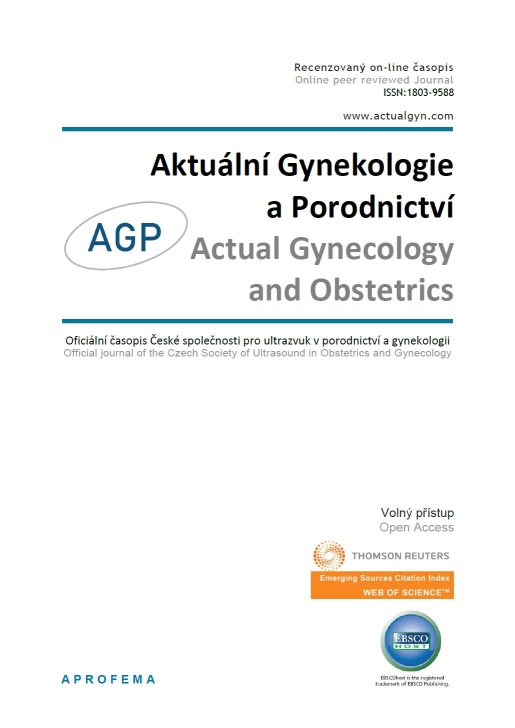











 Official publication of the Czech Society of Ultrasound in Obstetrics and Gynecology.
Official publication of the Czech Society of Ultrasound in Obstetrics and Gynecology.

Ultrasound measurement of the uterine cervix represents a well-established method in the prediction of preterm labour. However, the sensitivity and positive predictive value of ultrasound cervicometry still remain rather unsatisfactory. Hence, the effort to provide more specific predictions of premature labour using other applicable methods in combination with ultrasound cervicometry.
One group of studies have focused on determining various parameters from cervicovaginal secretion - the most important one being fetal fibronectin (fFN). A positive fFN test in the birth canal shows a relatively low positive predictive value in terms of premature birth; however, it does provide the advantage of a high negative predictive value, which is about 95%. Data from latest studies show the usefulness of fFN in combination with cervicometry. Recent discoveries suggest that T regulatory lymphocytes (CD4+CD25+CD127 - Tregs) may play an important role in the pathophysiology of preterm labour.
The purpose of our study was to assess the relationship between maternal circulating Tregs and the sonographically measured uterine cervix and the risk of preterm labour. We can show for the first time that the combined assessment of Treg cell count and cervical length provides a much better prediction of preterm delivery that either parameter used on its own. Further research is required to determine the correlation between reduced Treg count values and the timing of preterm labour.